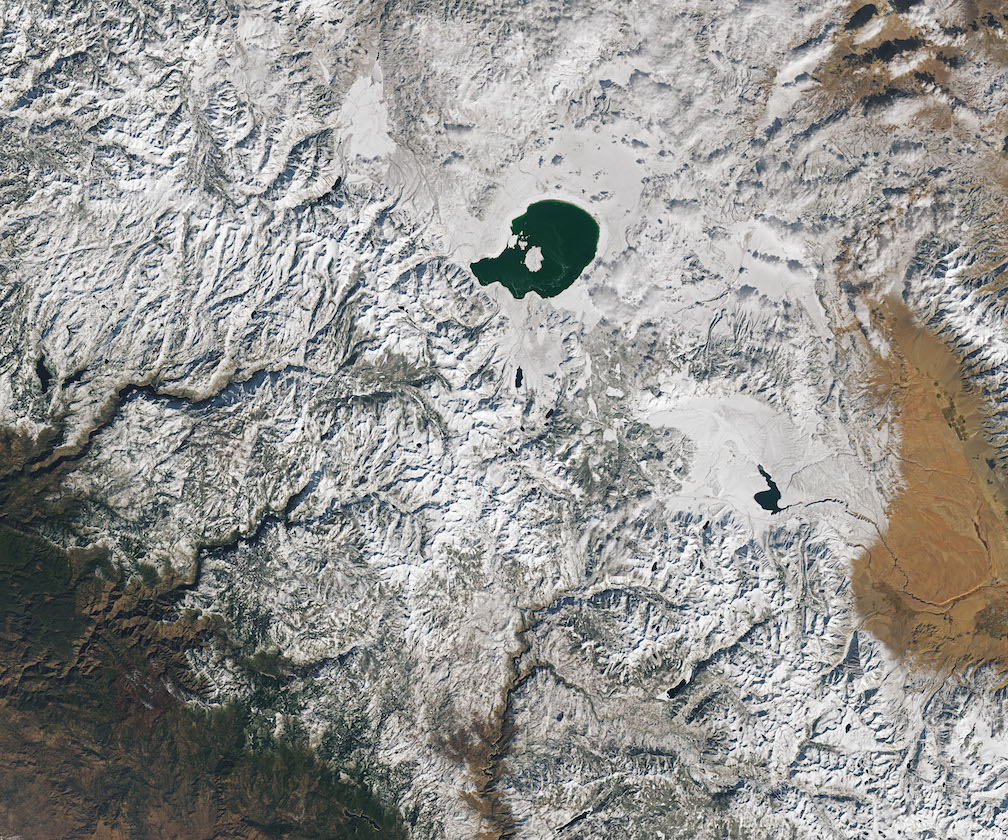SOLAR CYCLE 25 ACTIVITY REPORT NOVEMBER 11
Solar activity has been at moderate levels AR3141 was the most active region in the last 24 hours with ten flares. The largest event of the period was a C4.6 at 01:35 on November 11 from this region.
There are currently 5 active regions on the solar disk: AR3137, AR3140, AR3141, AR3144 and new region AR3145

AR3145 located in the northeast (N27E04) is a group of 3 sunspots with an beta magnetic field and an area of 10MH. It does not pose a threat of strong solar flares.

The total number of sunspots has decreased to 79 (29 of these are grouped into 6 active regions) NOAA forecast for the next 24h is 75% chance for C flares, 25% chance for M flares and 10% chance for X flares.
● Auroral Activity
The geomagnetic field has been at quiet levels for the past 24 hours. The solar wind speed record reached a peak of 338.4 km/sec at 01:54 UTC on November 10 The maximum planetary index Kp in the past 24h was Kp1
Aurora Oval

● Current Conditions at 05:00 UTC on November 11
▪︎Geospace quiet
▪︎Geomagnetic conditions now Kp=0
▪︎Solar wind speed record: 306.9 km/sec
▪︎density: 8.56 protons/cm3
▪︎Neutron Counts today: +4.1% Elevated
▪︎X-ray Solar Flare: C4 at 01:35 UTC
▪︎Sunspot number: 79 (SN 81 Nov 09)
SpaceWeather.com
SpaceWeatherlive..com
Solar activity has been at moderate levels AR3141 was the most active region in the last 24 hours with ten flares. The largest event of the period was a C4.6 at 01:35 on November 11 from this region.
There are currently 5 active regions on the solar disk: AR3137, AR3140, AR3141, AR3144 and new region AR3145
AR3145 located in the northeast (N27E04) is a group of 3 sunspots with an beta magnetic field and an area of 10MH. It does not pose a threat of strong solar flares.
AR3141 located in the northeast (N15E01) is currently a region with 21 sunspots with beta-gamma-delta magnetic complexity, i.e., a sunspot group with a beta-gamma magnetic configuration (bipolar positive and negative in a irregular way) but containing one or more delta sunspots (opposite polarity). The area occupied by this region remains at 600HM.AR3141 located on the northeast (N15E37) is now a gigantic region with an area of 600HM (The size of the Earth is equivalent to almost 170MH) and a beta-gamma magnetic field that harbors energy for M-class solar flares. Any flares will be geoeffective as the sunspot is turning toward Earth
A SUNSPOT WITHIN A SUNSPOT: AR3141 is sprouting a little version of itself on its shoulder. The circled region in this magnetogram is, essentially, an extra sunspot:
The extra magnetic poles are in close proximity to AR3141's primary core, an arrangement which makes the ensemble unstable. Analysts call this a 'delta-class' magnetic field; it poses a threat for strong X-class solar flares. SpaceWeather.com
The total number of sunspots has decreased to 79 (29 of these are grouped into 6 active regions) NOAA forecast for the next 24h is 75% chance for C flares, 25% chance for M flares and 10% chance for X flares.
CHANCE OF X-FLARES: Sunspot AR3141 is growing more dangerous. During the past 24 hours it has developed an unstable 'delta-class' magnetic field that habors energy for X-flass solar flares. Any explosions today will be geoeffective because the sunspot is directly facing Earth. SpaceWeather.com
● Auroral Activity
The geomagnetic field has been at quiet levels for the past 24 hours. The solar wind speed record reached a peak of 338.4 km/sec at 01:54 UTC on November 10 The maximum planetary index Kp in the past 24h was Kp1
Aurora Oval
● Current Conditions at 05:00 UTC on November 11
▪︎Geospace quiet
▪︎Geomagnetic conditions now Kp=0
▪︎Solar wind speed record: 306.9 km/sec
▪︎density: 8.56 protons/cm3
▪︎Neutron Counts today: +4.1% Elevated
▪︎X-ray Solar Flare: C4 at 01:35 UTC
▪︎Sunspot number: 79 (SN 81 Nov 09)
SpaceWeather.com
SpaceWeatherlive..com


